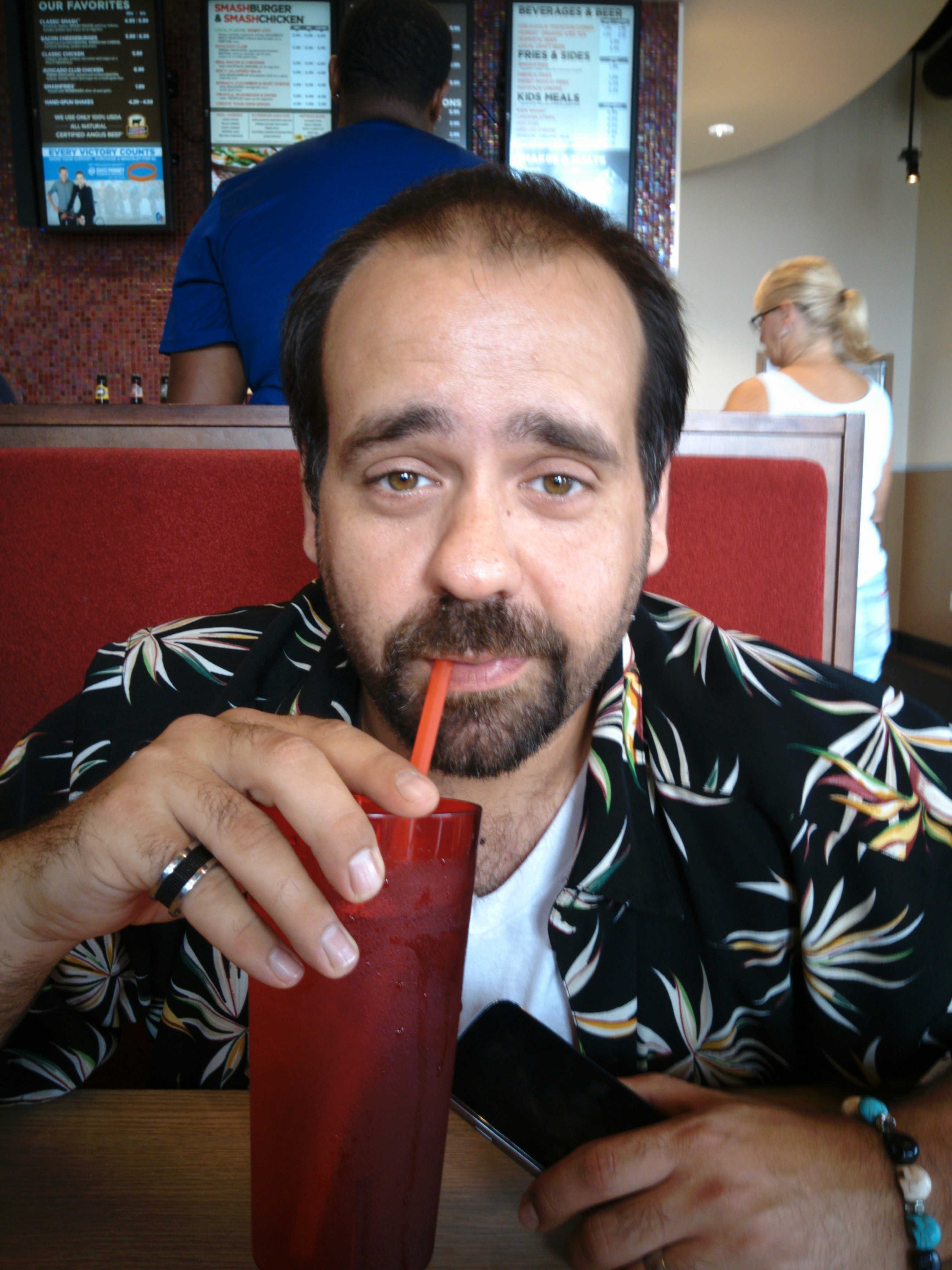🧠⚙️Ned Ludd Wasn't Wrong—He Was Early
An Update on the Technical Writing & AI Course—Now with 10x More Emdashes
Welcome back to Zack Hacks—where I—Zack Fosdyck—write (or more accurately—get ChatGPT to write) about all the weird, chaotic, meaningful stuff I’m working on—especially the kind that exists at the intersection of teaching, tech, and typing very fast in the dark.
So—here’s the deal—I’ve been working on redesigning a college course—Technical Writing & AI—over at Eureka College. It’s been an experience—and not always in the “pleasant memory” sense—more like a series of small, well-intentioned digital fires that I keep trying to smother with pedagogy.
Yes—I use ChatGPT to write most of my stuff—including this post. No—I’m not ashamed of it. Because the point of this course isn’t to avoid AI—it’s to understand it—ride it—wrestle it—maybe even slap a saddle on it and teach it to behave. Or at least not hallucinate nonsense every third paragraph.
🤖 The Setup—A Course That Teaches Students to Think With AI, Not Like AI
This class isn’t just “how to prompt better” or “how to trick GPT into doing your assignment.” That stuff is shallow—and frankly—embarrassing. We’re trying to do something deeper—something that trains students to think critically about how they write, who they write for, and why.
And yeah—we reference slop—a lot. Slop, for the unfamiliar, is the generic, low-grade junk AI churns out when no one’s paying attention—soulless documentation, copy-paste code comments, SEO-fried blog posts, flavorless lorem ipsum with a pulse. We read it, we critique it, we name it—because recognizing slop is the first step toward writing something better—with or without a bot.
📚 Development So Far—Modules, Prompts, Chaos
What’s actually built? Here’s the honest list—no fluff—no roadmap theater:
— Started a working Canvas module structure
— Created an Introduction Module & found some CC licensed Tech Writing texts
— Designed some AI-proof prompts (or at least resistant)
— Working on a “liquid syllabus” layout—so fast learners can sprint and everyone else can breathe
— Wrote—ok, co-wrote—assignments that treat AI like a partner, not a vending machine
Still in the queue:
— Find/Design ethical AI use content
— Make accessibility rock solid
— Tweak assessments so they reward thought—not just clever prompting
— Somehow explain all this to a skeptical academic crowd that thinks AI will eat their tenure
⚔️ Luddites Were Real—and They Had a Point
Let’s not ignore the cultural noise. Every time I talk about AI in education, someone rolls their eyes, sighs deeply, or drops a Luddites reference—like it’s a mic drop. And look—I get it.
Whether Ned was right or wrong—one thing’s for sure—developments will ensue. Tools change. The world shifts. The loom doesn’t ask for permission. The course I’m helping build doesn’t glorify AI—but it doesn’t run from it either. It says: “Here’s the machine. Here’s your brain. Use both—but don’t get soft.”
💥 And About the Emdashes—
They’re intentional. I love emdashes—they’re chaotic, sprawling, indecisive—just like the moment we’re in. Forget tidy sentences and academic composure—this blog—and this course—are about confronting the mess head-on. No clean lines. No AI worship. No boomer panic.
Just work—writing—reflection—and a commitment to teaching students how to survive in the modern sludge stream of generated everything.
Stay tuned—
—Zack
Educator—Free Software guy—GPT handler—Luddite sympathizer
